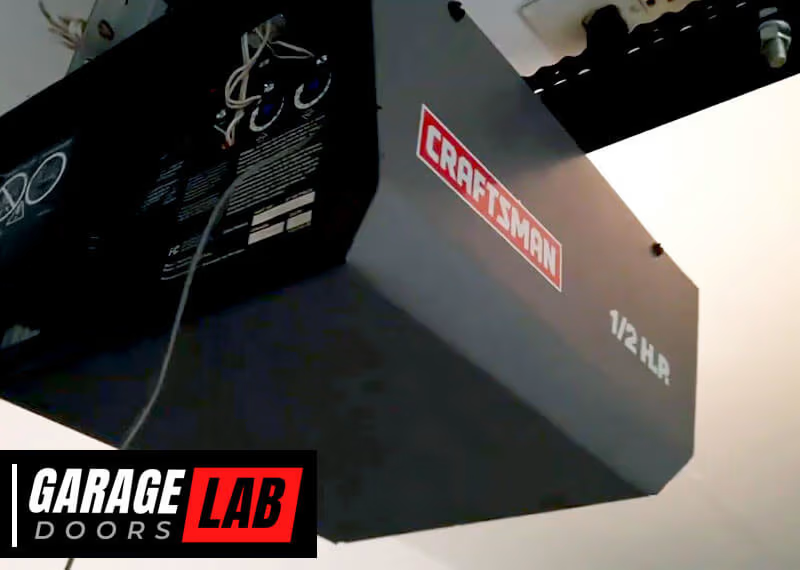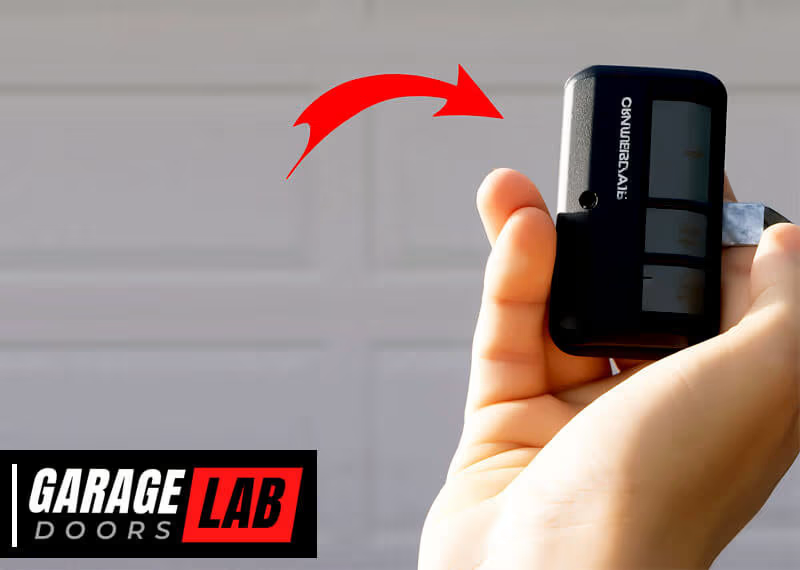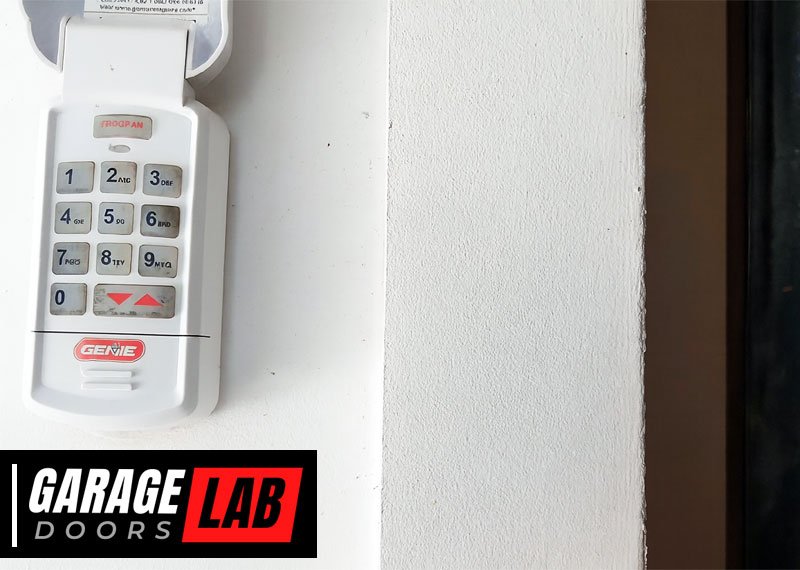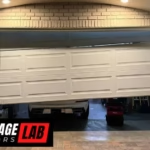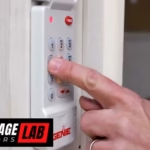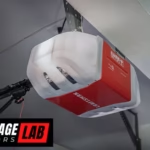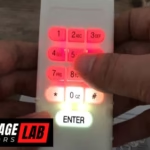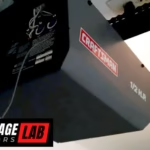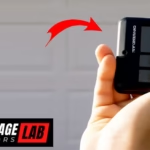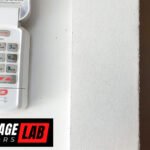Now Reading: Access Master Garage Door Opener Troubleshooting Tips
- 01
Access Master Garage Door Opener Troubleshooting Tips
Access Master Garage Door Opener Troubleshooting Tips
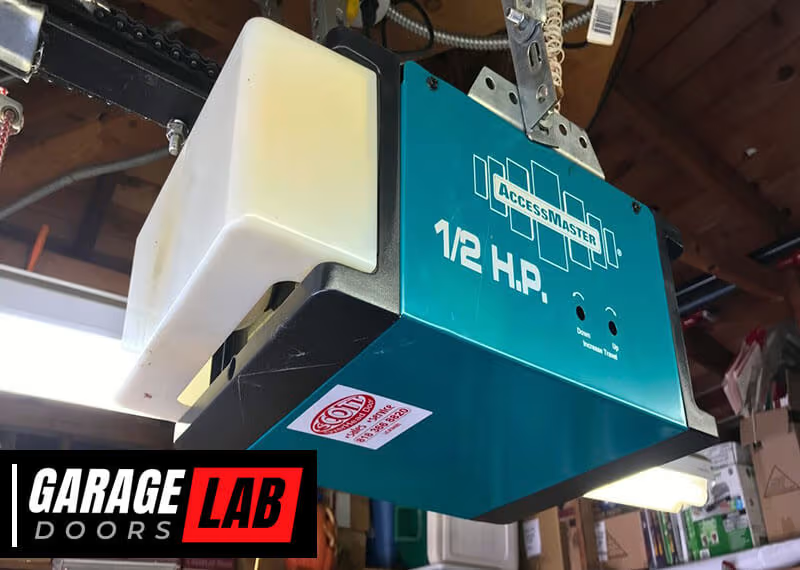
Have you ever been stuck outside your garage, pressing the remote, only to be met with silence? Frustrating, isn’t it?
Your trusty Access Master garage door opener can sometimes act up, leaving you in a bind. But don’t worry! You’re not alone, and there’s a solution right around the corner. Imagine the peace of mind you’ll feel once you understand how to troubleshoot those common issues.
In this guide, we’ll unravel the mysteries behind your garage door opener’s quirks and hiccups, ensuring you can get back to the ease and convenience you deserve. Keep reading and discover how easy it is to regain control over your garage door and, ultimately, your day.

Credit: homeappliance.manualsonline.com
Common Issues
Access Master garage door openers are reliable. But they can face issues. Understanding these common problems can save time and frustration. In this section, we’ll cover frequent issues and their solutions. This guide will help keep your garage door in top shape.
Door Doesn’t Open
A common problem is the door not opening. First, check the power source. Ensure it’s plugged in and switched on. Next, inspect the safety sensors. They must be aligned and clean. If the door still won’t open, examine the springs. Broken springs need professional help. Regular maintenance can prevent this issue.
Remote Control Problems
Remote control issues are frustrating. Start by checking the batteries. Replace them if needed. Ensure the remote is programmed to the opener. Instructions are in the manual. Sometimes, interference can cause problems. Move away from electronic devices. If problems persist, consider a new remote.
Unusual Noises
Strange noises are a clear sign of trouble. Listen for grinding or squeaking. These noises suggest parts need lubrication. Use a silicone-based lubricant for best results. If the noise continues, check for loose hardware. Tighten any loose screws or bolts. Persistent noise may indicate worn parts. Seek expert help if needed.
Check Power Supply
Access Master garage door opener problems can often trace back to power issues. Checking the power supply is a crucial first step in troubleshooting. Without proper power, the garage door opener may not function correctly. Ensure consistent power by following these simple checks.
Inspect Power Source
Examine the electrical outlet. Confirm the garage door opener is plugged in securely. Loose connections can lead to power interruptions. Check for visible damage on the power cord. A frayed or damaged cord may need replacing. Switch to another outlet to test the power supply.
Reset Circuit Breaker
Locate the circuit breaker panel in your home. Identify the breaker that controls the garage door opener. Flip the switch to reset the circuit. Sometimes breakers can trip without warning. This reset can restore power to your device.
If the breaker trips repeatedly, it may indicate an electrical issue. Consider consulting a professional for further inspection.
Sensor Alignment
The sensor alignment in your Access Master garage door opener is crucial for its smooth operation. If you’ve ever found yourself frustrated because your garage door won’t close, the issue might lie in the sensor alignment. These sensors are designed to ensure safety by preventing the door from closing on objects or people. But what happens when they’re misaligned? You can end up stuck with a door that refuses to budge. Let’s dive into how you can adjust these sensors and keep them clean for optimal performance.
Adjust Safety Sensors
First, check the alignment of your safety sensors. You might notice your door behaving erratically or not closing at all. This often indicates misaligned sensors.
To adjust, locate the sensors on either side of your garage door. They should be facing each other directly, with their LED lights steady and not blinking. If the lights are blinking, gently move the sensors until the lights are stable.
Use a measuring tape to ensure they are at the same height on each side. A small adjustment can make a big difference. Have you ever noticed your door pausing halfway down? Often, it’s a sign that your sensors need a little tweak.
Clean Sensor Lenses
Dirty sensor lenses can lead to malfunction. Dust and grime can accumulate over time, disrupting the sensor’s ability to detect obstacles. Clean them regularly to maintain efficiency.
Use a soft cloth and gently wipe the lenses. Avoid harsh chemicals that might damage the sensors. A simple wipe can prevent unnecessary headaches down the road. Imagine the ease of a door that works every time, without fail!
Have you ever thought about how often you clean your sensors? Regular maintenance can save you from future frustrations. A clean sensor means uninterrupted access to your garage, rain or shine.
Are you ready to tackle your garage door sensor issues head-on? With the right tools and a bit of patience, you can ensure your garage door operates smoothly. Have any tips or experiences to share? We’d love to hear your stories in the comments below!

Credit: www.youtube.com
Remote Control Solutions
Access Master garage door opener troubleshooting tips help solve common issues easily. Check battery life and remote distance. Examine any obstructions blocking the sensor’s path. Ensure the opener’s motor is functioning properly.
When your garage door remote control stops working, it can feel like a minor emergency. You might find yourself stuck outside in the rain or unable to leave for work on time. Fortunately, many remote control issues have simple solutions. Let’s dive into some practical steps you can take to troubleshoot your Access Master garage door opener remote.Replace Remote Batteries
A common issue with remote controls is dead or dying batteries. It’s easy to overlook how frequently you use your remote, leading to unexpected power loss.Start by opening the battery compartment of your remote. Most remotes require a small screwdriver to access the batteries. Check what type of batteries you need. It’s often small coin or button cells.Once you’ve replaced the batteries, test the remote. If it’s still not working, you may need to try reprogramming the remote.Reprogram Remote Control
If fresh batteries didn’t solve the problem, reprogramming the remote might be necessary. It’s simpler than it sounds.First, find the “Learn” button on your garage door opener unit. It’s usually located near the antenna wire or light cover. Press and hold it until the indicator light turns on, then release it.With the light on, press the button on your remote. You should see the indicator light flash, confirming the remote has been programmed.Test the remote by pressing it again. If the door opens or closes, you’re all set!Have you ever found yourself in a hurry, only to discover your remote wasn’t working? Sharing your experiences can help others see they’re not alone in this inconvenience. What other troubleshooting tips have worked for you in the past?Motor Inspection
Inspecting the motor is crucial for troubleshooting garage door openers. A well-functioning motor ensures your garage door opens and closes smoothly. Identifying issues early can save time and prevent bigger problems. This section will guide you through essential steps.
Check Motor Wiring
First, ensure the motor’s wiring is secure. Loose wires can disrupt power flow. This can cause the motor to malfunction. Examine each wire connection carefully. Look for signs of wear or damage. If wires are frayed, replace them immediately. This will ensure safe and efficient operation.
Test Motor Functionality
Next, test the motor’s functionality. Use the manual switch to activate the motor. Listen for unusual noises during operation. Grinding or buzzing sounds may indicate a problem. Observe the motor’s movement. If the motor struggles or stalls, further inspection is needed. Address issues promptly to maintain garage door efficiency.
Track And Roller Maintenance
Regular maintenance keeps your garage door running smoothly. Tracks and rollers play a vital role. They guide the door up and down. Proper care prevents noise and prolongs their life. Follow these simple steps to maintain them effectively.
Lubricate Rollers
Lubrication reduces friction. Use a silicone-based lubricant. Avoid grease; it attracts dust. Spray lubricant on each roller. Wipe off excess with a cloth. Do this every six months. It ensures smooth movement. It also minimizes wear and tear.
Tighten Loose Tracks
Loose tracks cause misalignment. This leads to noisy operation. Inspect tracks for loose bolts. Use a wrench to tighten them. Check both sides of the door. Ensure tracks are parallel. Misaligned tracks strain the opener. Tightening improves efficiency. It also extends the door’s lifespan.
Weather Conditions
Troubleshooting your Access Master garage door opener can be tricky during changing weather conditions. Cold temperatures might affect the opener’s battery or moving parts. Rain or humidity could cause electrical issues, impacting performance. Regular checks and maintenance help ensure smooth operation, regardless of the weather.
Understanding how weather conditions impact your Access Master garage door opener can save you time and frustration. Weather changes can affect the efficiency of your garage door system, leading to unexpected issues. Whether it’s the biting cold or the dampness of humidity, recognizing these effects can help you troubleshoot effectively.Cold Weather Effects
Cold weather can cause the metal components of your garage door opener to contract. This contraction may lead to misalignment, causing the door to jam or not close completely. You might notice your garage door moving slower than usual during winter months.To counteract this, regularly lubricate the moving parts like hinges and rollers. This simple maintenance step can prevent the door from sticking. Also, check the tracks for any obstructions that could be exacerbated by the cold.Think about your own experiences with cold weather. Have you noticed your car battery struggling in winter? Similarly, your garage door opener might also need extra attention.Humidity And Moisture
Humidity can lead to moisture build-up, which may affect the electronic components of your garage door opener. This moisture can cause short circuits or corrosion, leading to operational issues. You might find your remote control not working consistently in high humidity conditions.Keep your garage well-ventilated to reduce humidity levels. Using a dehumidifier can also help protect the electronic components. Inspect your garage door seals to prevent moisture from seeping in.Have you ever walked into your garage and felt a damp chill in the air? That’s the kind of environment that can affect your garage door opener. Taking proactive steps to manage humidity can extend the life of your system.By understanding the impact of weather conditions on your Access Master garage door opener, you can take proactive steps to ensure it operates smoothly year-round. What will you do differently the next time the weather changes?Professional Help
Seeking solutions for Access Master garage door opener issues? Professional help ensures smooth operation and safety. Expert technicians diagnose and fix problems efficiently, enhancing the lifespan of your garage door system.
Navigating the complexities of garage door opener issues can be daunting. As much as DIY solutions are tempting, sometimes the best route is seeking professional help. It’s not just about fixing the problem; it’s about ensuring safety and avoiding future headaches. Understanding when and how to engage a technician can save you time and stress. Let’s delve into the specifics of when to call a technician and how to choose the right service for your needs.When To Call A Technician
Knowing when to call in the pros is crucial. If your garage door opener is making strange noises, refusing to open or close, or showing signs of electrical issues, it’s time to pick up the phone.Sometimes, a seemingly minor issue can mask a bigger problem. You wouldn’t want to risk your safety or damage your property by trying to fix it yourself.Think about the value of peace of mind and the security a professional can offer. Are you confident in your abilities to tackle electrical components safely?Choosing A Reliable Service
Finding a trustworthy service can be challenging. Start by checking online reviews and asking friends for recommendations.A reliable technician should have a proven track record and offer transparent pricing. Beware of services that seem too cheap; they might cut corners that could cost you more in the long run.You deserve a service that respects your time and budget while delivering quality. Have you considered how a reputable service can enhance your home’s safety?Remember, a garage door opener is not just a convenience; it’s a critical part of your home’s security system. Choose wisely and ensure your peace of mind.
Credit: www.amazon.com
Frequently Asked Questions
Why Is The Yellow Light Flashing On My Accessmaster Garage Door Opener?
The yellow light flashes on your AccessMaster garage door opener due to a malfunction or alignment issue with the sensors. Check for obstructions, ensure sensors are facing each other, and clean the lenses. If the problem persists, consider realigning or replacing the sensors for optimal performance.
Why Is My Garage Door Opener Not Responding To The Remote?
Your garage door opener might not respond if the remote’s batteries are dead or improperly installed. Check for interference from nearby electronic devices. Ensure the opener is within range and the antenna is intact. Reprogramming the remote or resetting the opener system might be necessary.
Does Unplugging Your Garage Door Opener Reset It?
Unplugging your garage door opener does not reset it. It simply powers it off temporarily. To reset, follow the manufacturer’s instructions, which may involve using a reset button or reprogramming the remote. Always refer to the user manual for specific guidance on resetting your particular model.
What Do Blinking Lights Mean On My Liftmaster Garage Door Opener?
Blinking lights on your LiftMaster indicate an issue. It could be a misaligned sensor or obstructed path. Check and realign sensors. Ensure nothing blocks the sensor’s path. If the problem persists, consult the manual or contact support for further assistance.
Why Won’t My Garage Door Open?
Check the power source. Ensure the motor is plugged in. Inspect the remote batteries.
Conclusion
Troubleshooting your garage door opener doesn’t have to be complex. Start with simple checks. Ensure batteries work and remotes are paired correctly. Inspect sensors for obstructions. Listen for unusual sounds. These steps often solve common issues. For persistent problems, consult a professional.
Regular maintenance can prevent future hassles. Keep your garage door running smoothly with these tips. Remember, a well-functioning door ensures safety and convenience. Happy fixing!


